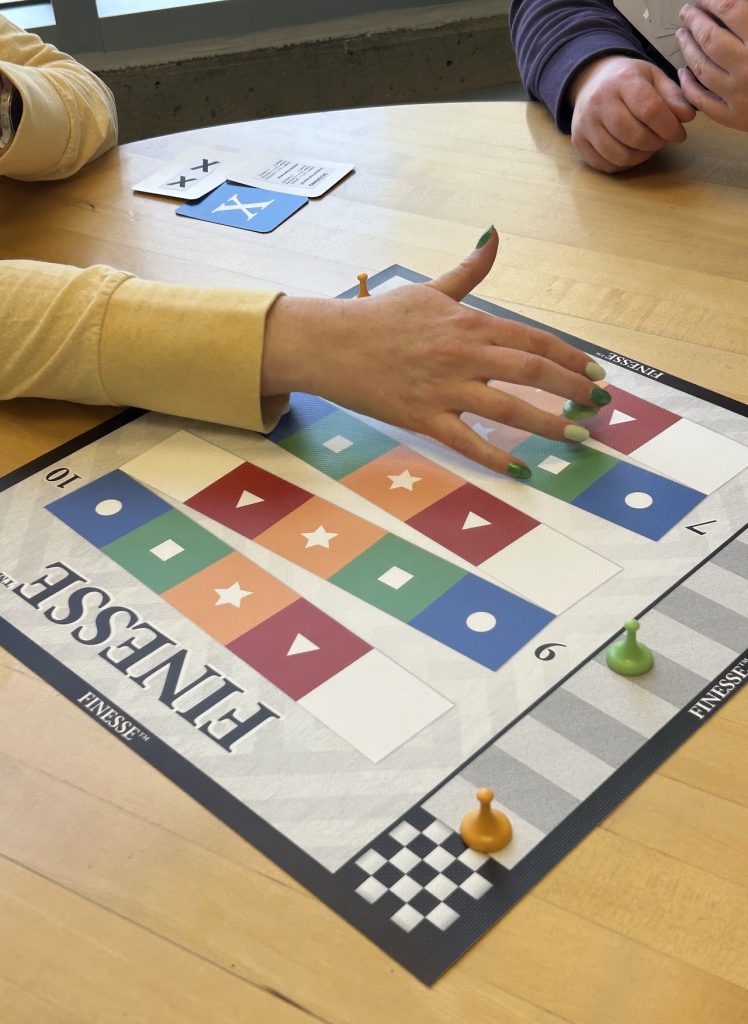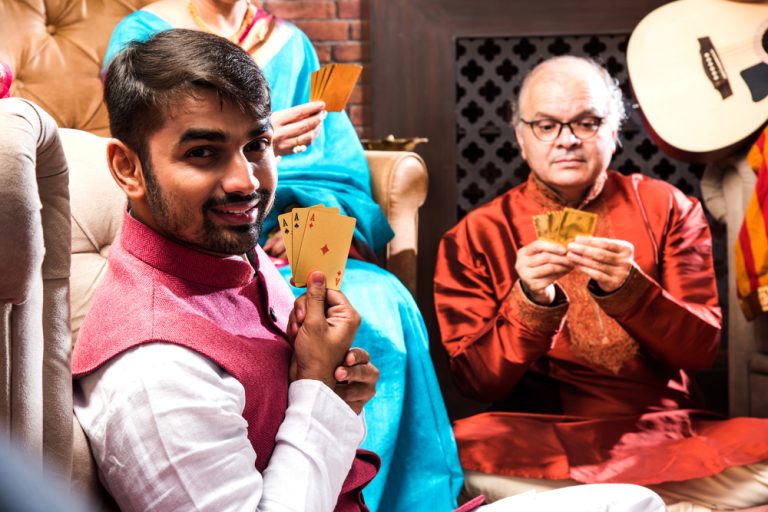Finesse is a new board‑game adaptation of bridge by Canadian author Carole Coplea which aims to make trick‑taking easy and fun. …
Cards & Games
Cards & Games
How to Play Teen Patti: A Simple Beginner’s Guide to India’s Iconic Card Game
Teen Patti, literally “three cards”, delivers fast‑paced rounds, social bluffing, and simple yet thrilling hand...
Keeping Your Brain Tournament-Ready All Year
Keeping your brain sharp doesn’t require a tournament or major event—daily habits like puzzles, rest,...
How to monitor your gaming habits
Losing track of time while gaming is common. This article outlines clear steps to track...
The Rise of Relaxed Online Gaming and What It Means for the Mainstream
Online gaming is no longer just about fast reflexes and high scores. A growing wave...
Some Notes Before You Download Tongits Go
With casual tournaments, every‑eight‑hour bonus gold, and a portfolio of Filipino‑favorite card games under one...
Cognitive benefits of bridge and moderate strategic gaming
When you team up at the card table for a round of bridge, you may...









